Photos: Ancient Cave Painting Mystery Solved by DNA
DNA and drawings
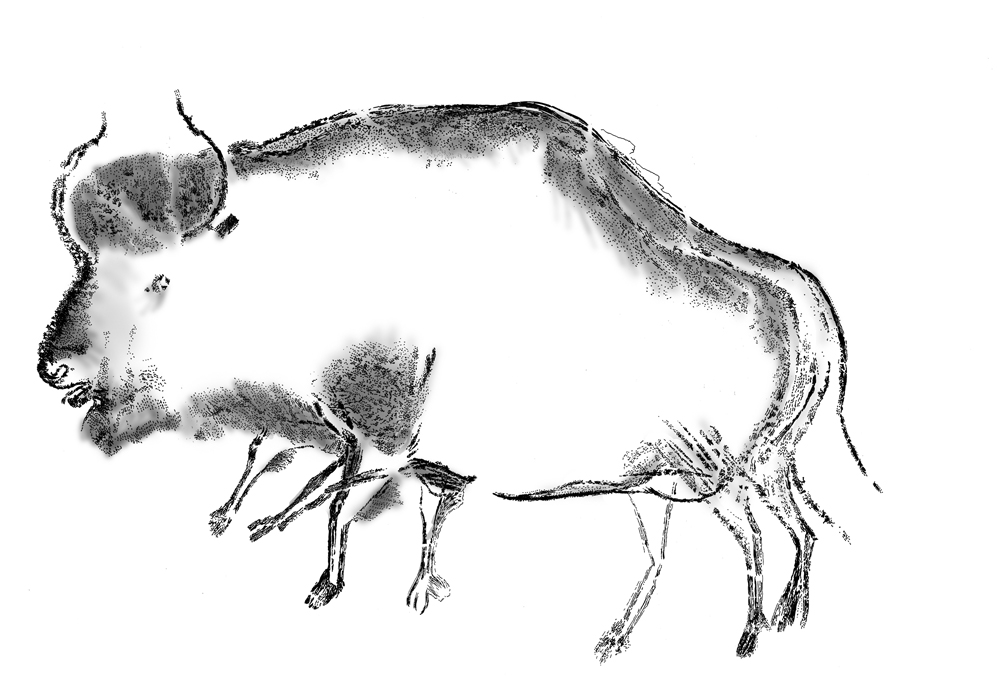
Researchers have solved a puzzle about a mysterious bison in Europe by studying ancient DNA and cave paintings. They found that modern European bison appeared about 120,000 years ago, after the extinct steppe bison mated with the ancestors of modern cattle, making a hybrid animal. Moreover, cave paintings clearly show the difference between the hybrid animal and the steppe bison, showing that even ancient people noticed the difference between the two animals. [Read the Full Story About the Hybrid Bison]
DNA work

Researchers examine ancient DNA taken from the previously unknown hybrid species of bison.
Ancient DNA

Scientists extract ancient DNA from ground-up bison bones and teeth.
Bovid bones
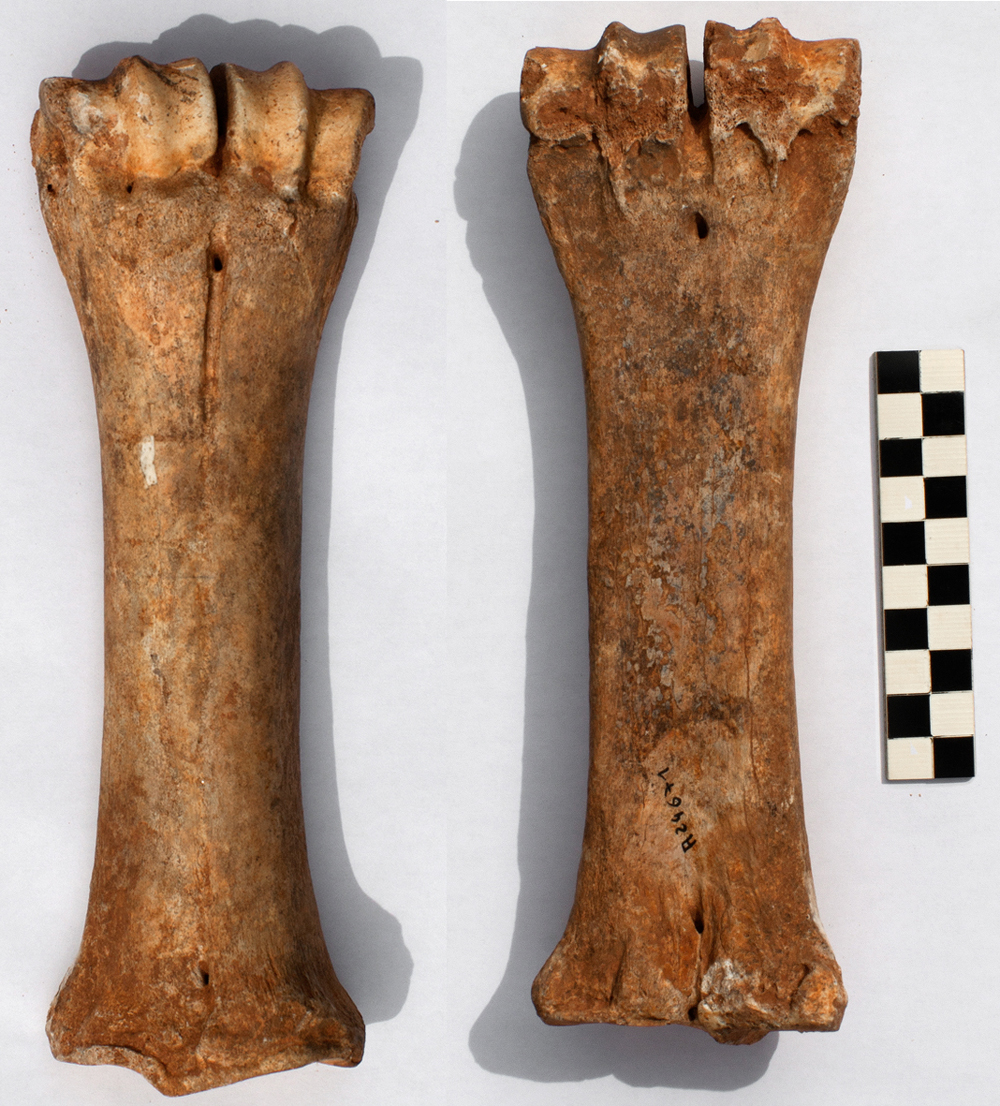
Bones from the hybrid species of bison.
Cave paintings
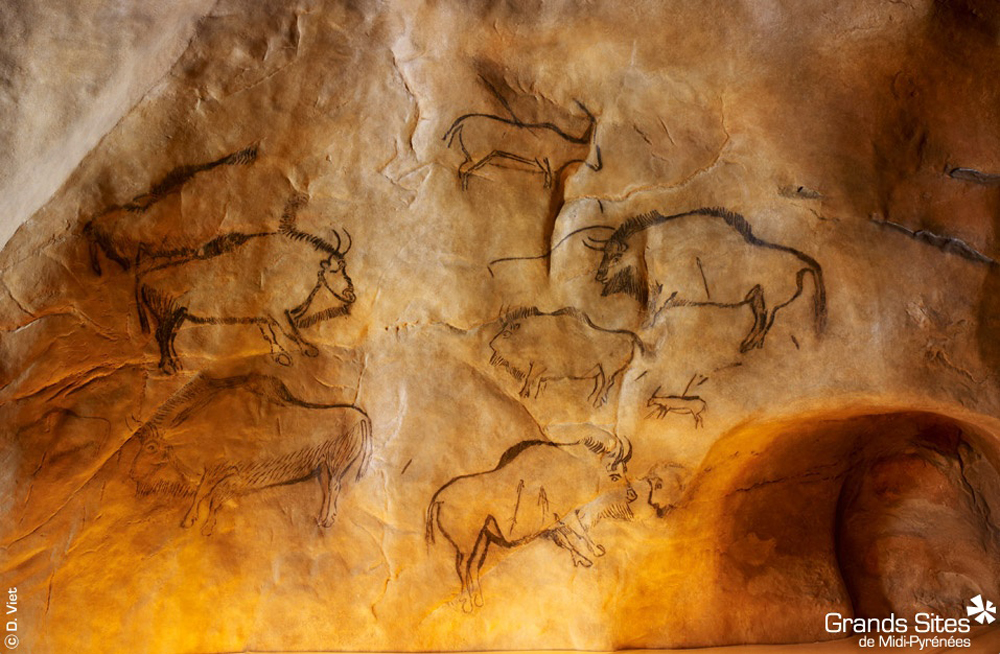
Cave paintings from the Cave of Niaux in southwestern France. Some of the paintings the researchers examined were made 18,000 years ago, and depicted creatures with long horns and large forequarters that likely descended from the steppe bison. In contrast, more recent paintings from about 12,000 to 17,000 years ago show animals with shorter horns and smaller humps, much like the modern European bison.
European bison
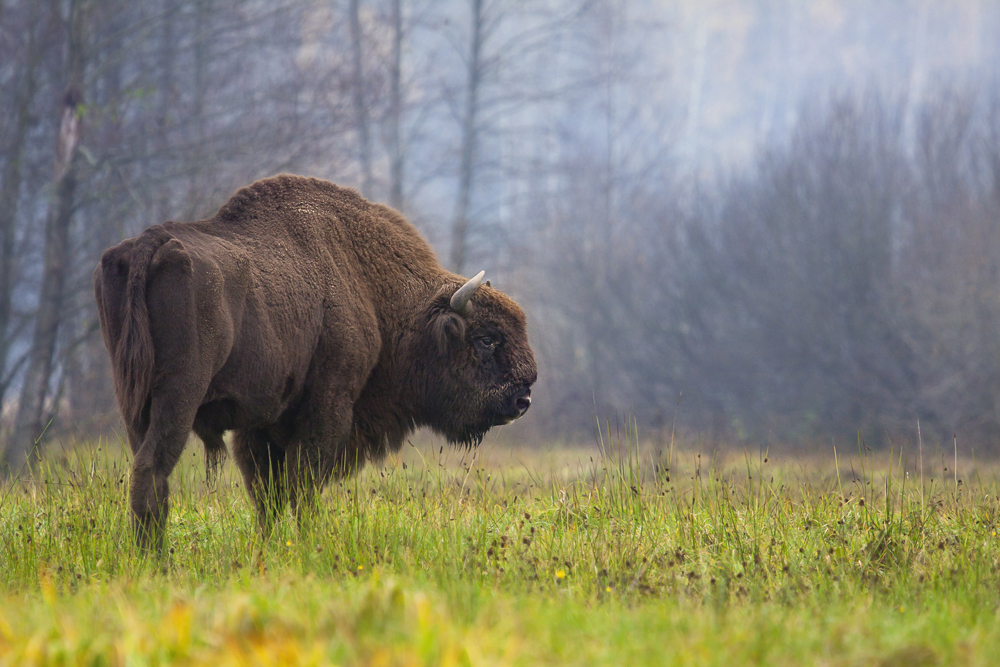
The modern European bison (also called wisent or Bison bonasus) from the Białowieża Forest in Poland. [Read the Full Story About the Hybrid Bison]
Modern bison
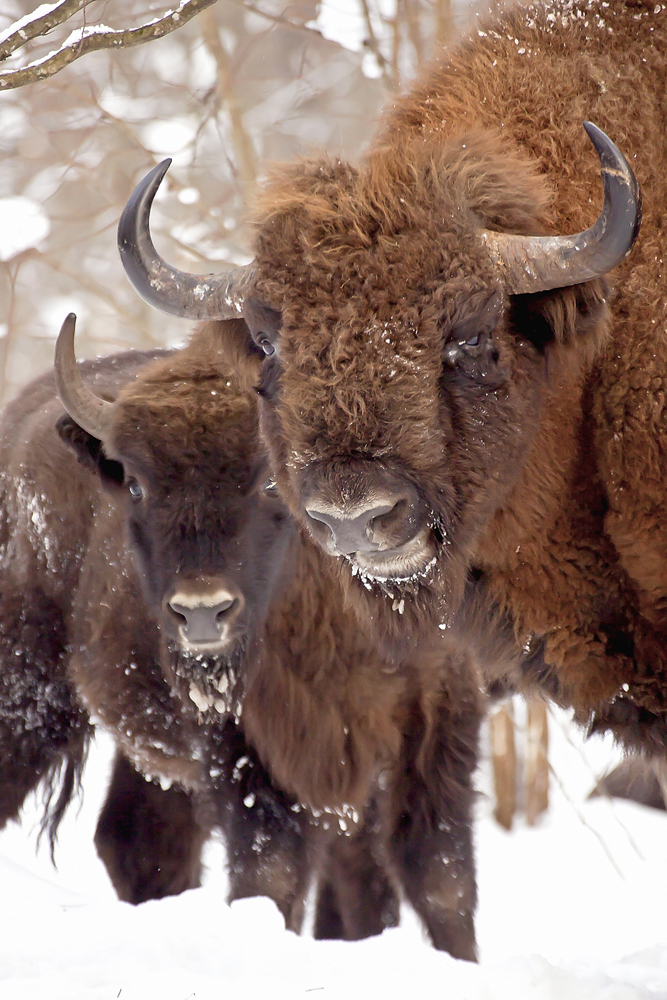
Modern European bison have thick fur coats that help keep them warm during the winter. They also have short horns, much like the cave painting drawings of what is likely a hybrid creature.
Sign up for the Live Science daily newsletter now
Get the world’s most fascinating discoveries delivered straight to your inbox.
Marsoulas artwork
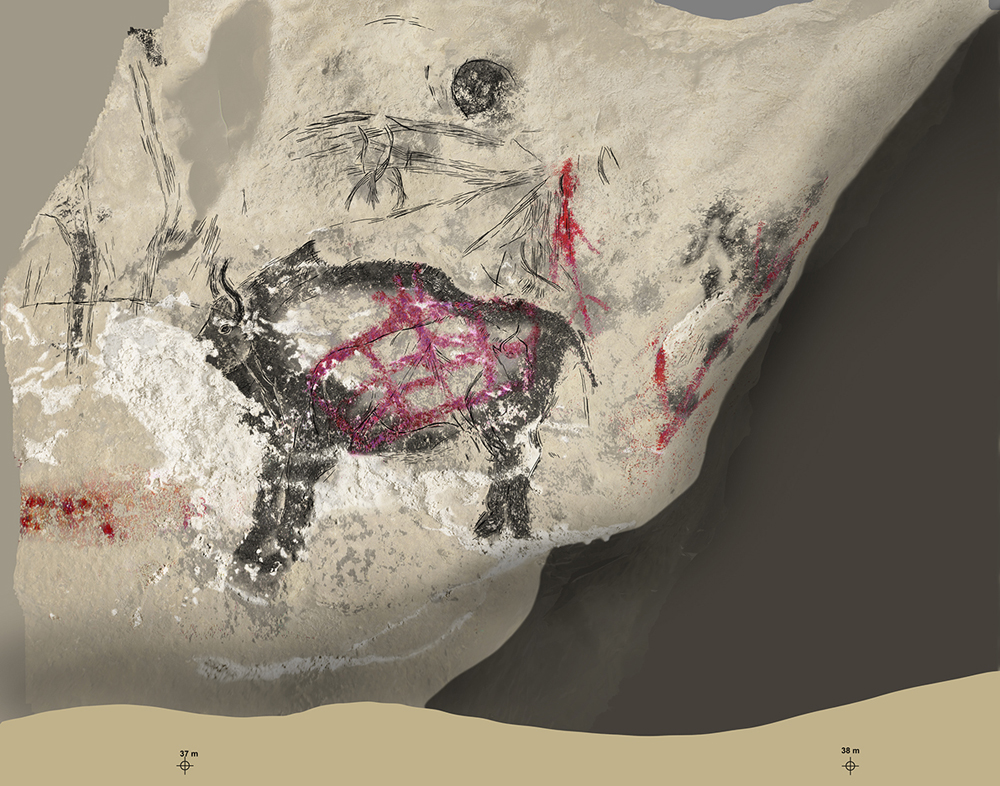
A reproduction of the modern European bison in the Marsoulas Cave, located in Haute-Garonne, France. The original painting was created during the Magdalenian period, about 12,000 to 17,000 years ago.
Steppe bison drawing

A reproduction of a steppe bison (Bison priscus) cave painting that is made with charcoal. The painting was made during the Aurignacian period, about 28,000 to 40,000 years ago, in the Chauvet-Pont d’Arc cave in Ardèche, France.
Bison masterpiece
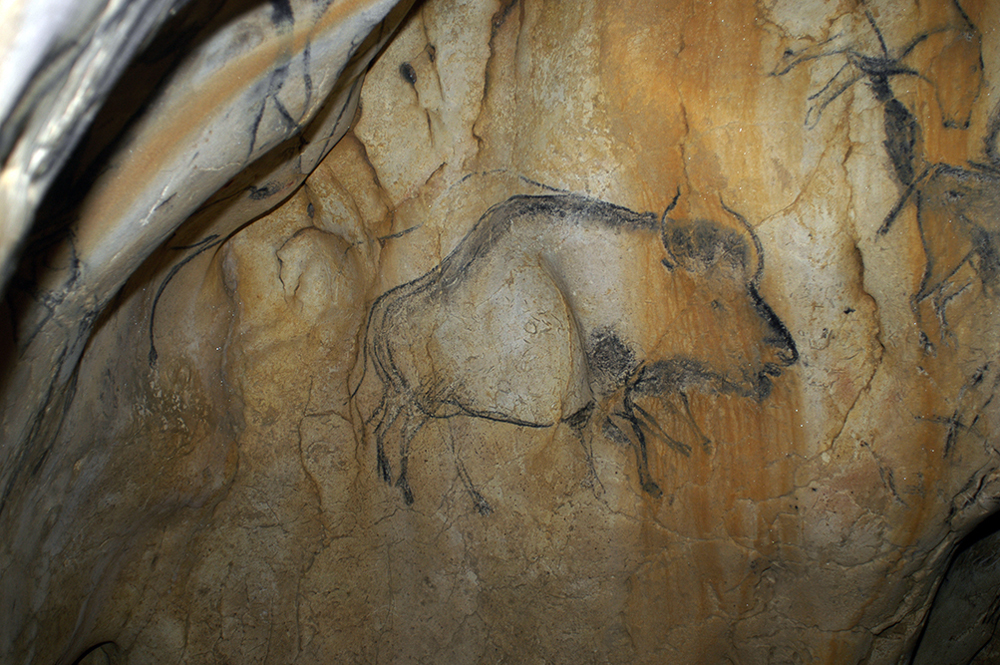
A drawing of a steppe bison (Bison priscus) that was made with black charcoal that dates from the Aurignacian period, located at the Chauvet-Pont d'Arc cave in Ardèche, France.
Charcoal painting
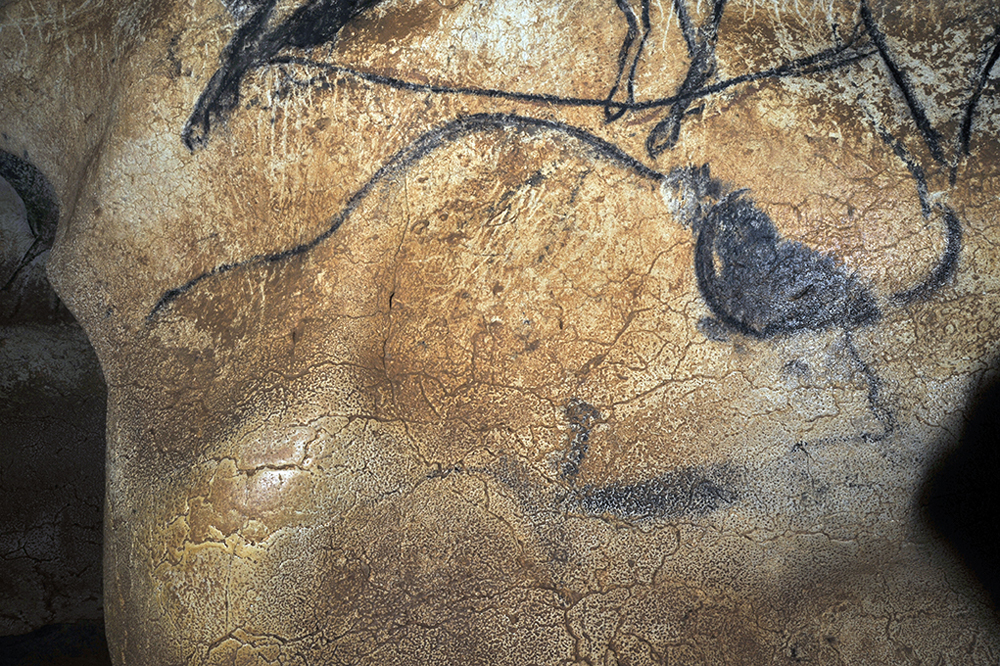
Another drawing of a steppe bison that ancient people made with charcoal from the Chauvet-Pont d'Arc Cave in France.

Laura is the archaeology and Life's Little Mysteries editor at Live Science. She also reports on general science, including paleontology. Her work has appeared in The New York Times, Scholastic, Popular Science and Spectrum, a site on autism research. She has won multiple awards from the Society of Professional Journalists and the Washington Newspaper Publishers Association for her reporting at a weekly newspaper near Seattle. Laura holds a bachelor's degree in English literature and psychology from Washington University in St. Louis and a master's degree in science writing from NYU.










